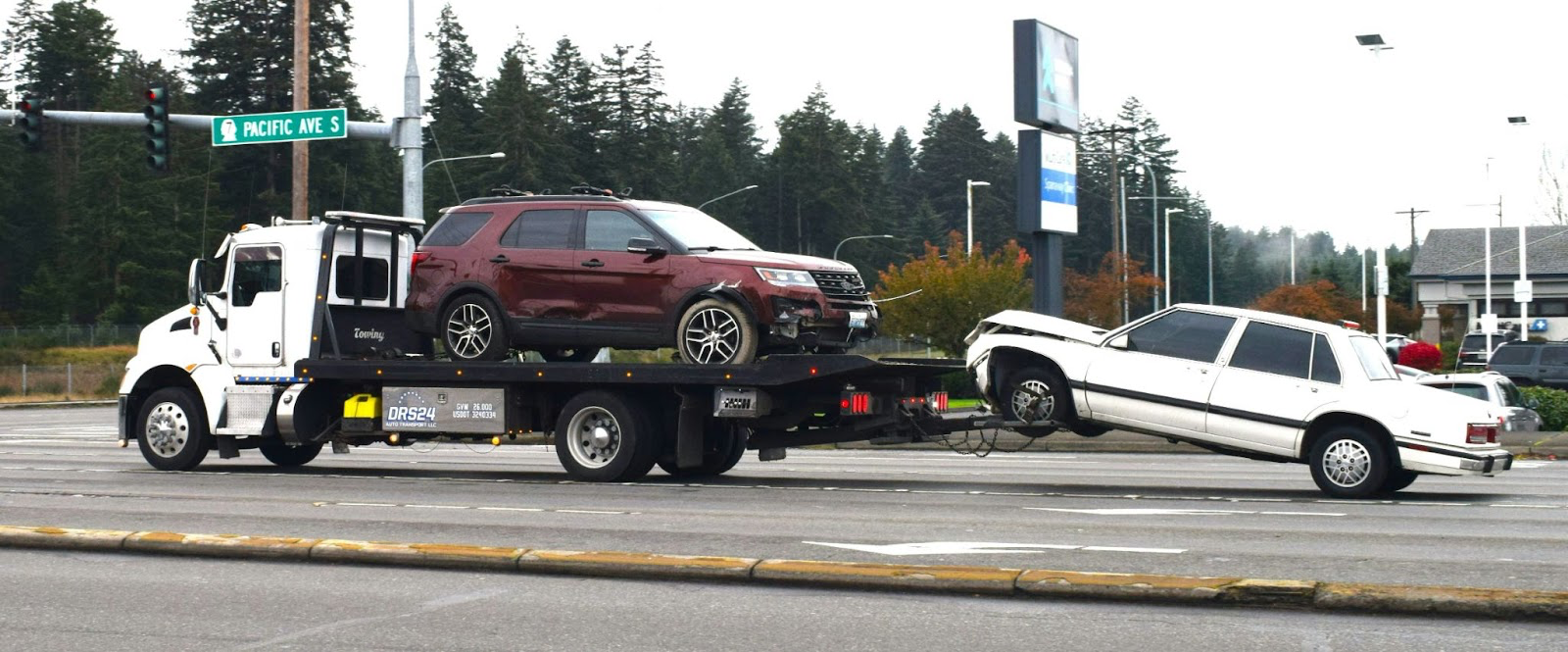
Multi-vehicle accidents are some of the most complicated cases in personal injury law. Unlike a simple two-car crash, pileups often involve multiple drivers, unclear fault, and significant damage. When large trucks stumble into the mix, the legal issues become even more complex due to the size, weight, and regulations surrounding commercial vehicles. This article breaks down some factors that come into play during these situations.
Why Multi-Vehicle Accidents Are So Complicated
A chain-reaction accident can begin with just one mistake but quickly spiral out of control, especially in complex cases involving large trucks. A distracted driver may rear-end another car, colliding with vehicles in adjacent lanes. Add poor weather, heavy traffic, or high speeds, and the situation escalates into a multi-car pileup. The complexity comes from the fact that:
- Multiple parties may share blame: In a pileup, it’s rarely just one driver at fault. One car might have been speeding, another may have been following too closely, and a truck could have been carrying too much weight to stop in time. Courts and insurance companies have to look closely at the actions of all drivers to figure out who contributed to the accident and by how much.
- Evidence is harder to piece together: Unlike a simple two-car crash, there are often several points of impact in a pileup. This makes it difficult to track the exact chain of events.
- Insurance disputes are common: With multiple drivers involved, every insurance company tries to protect its own client from being blamed too much. This can lead to arguments about who should pay what portion of the damages, which often slows the settlement process.
The Role of Evidence in Determining Fault
In multi-vehicle accidents, evidence becomes the backbone of determining who is at fault. Investigators don’t just rely on driver statements. In most cases, they look at traffic cameras to establish the sequence of events, skid marks, debris to estimate speeds and impact points, and even vehicle damage patterns to understand how the collisions unfolded.
Eyewitnesses can also play a key role by confirming or challenging claims made by the drivers involved. The challenge is that the more vehicles there are, the more difficult it becomes to connect all the pieces in the right order. This is why it’s crucial to collect detailed and reliable evidence early on to determine responsibility in these cases.
Curious about automated data extraction from documents?
Determining Liability in Multi-Vehicle Crashes
Assigning liability in multi-vehicle crashes can be quite complex. In many cases, fault is shared. For example, a speeding truck may strike a car that suddenly brakes too hard, while another driver may have been following too closely. Comparative negligence laws in many states assign percentages of fault to each party, which directly affects compensation. Courts and insurers look at several elements when assigning liability:
- Police reports: To build a timeline, officers document witness statements, skid marks, and vehicle positions.
- Accident reconstruction: Specialists use software and physical evidence to recreate how the pileup unfolded.
- Video footage: Traffic cameras or dashcams can reveal the first impact and chain reactions.
- Driver logs and records: In truck-related accidents, driver hours, GPS data, and maintenance logs are crucial.
The Human and Financial Costs
Pileups often lead to severe injuries, including spinal damage, traumatic brain injuries, and long-term disabilities. The financial burden can be overwhelming, with medical bills, lost wages, and property damage piling up. For victims, pursuing compensation is not just about holding someone accountable, but more about securing the resources needed to rebuild their lives.
Endnote
Multi-vehicle accidents highlight just how complicated liability can be when many drivers, insurers, and circumstances collide. From gathering evidence to sorting out shared fault, these cases require careful attention to detail and legal expertise. For victims, understanding their rights and the steps involved is essential to ensuring fair compensation. While no amount of preparation can completely prevent accidents, knowing how liability is determined provides clarity in the aftermath of these overwhelming events.